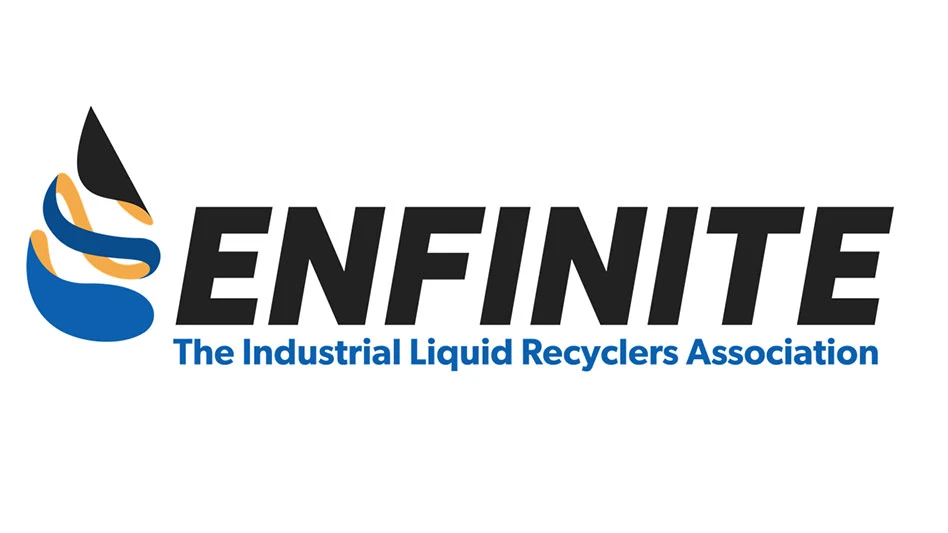Like many a head of hair, the color of white goods might slowly change to silver or gray in the coming years. The trend has already started. But whatever the color of the refrigerators, washers and other appliances coming into the recycling stream, the outlook for the market remains green.
The appliance market has long been a good, if not tremendous, source of ferrous scrap. It falls well behind automotive bodies as a process source,  but remains a significant part of the ferrous stream.
but remains a significant part of the ferrous stream.
There are some changes coming. One is in the source of the materials, which may or may not make a difference to a recycler’s business plan. Another—the arrival of stainless appliances in the scrap stream—is hardly being noticed in most regions and is just being felt in other areas. But, it could appreciably change the processing outlook for white goods.
Currently, most recyclers are blending their auto and their appliance streams for the ferrous materials.
HAMMERING APPLIANCES. "We run a mixed diet," says Randy Katz at City Scrap and Salvage, Akron, Ohio. Typically, the company’s shredder will see 20 percent appliances and a large portion of the rest is automotive scrap. "We don’t turn anything down in today’s market," Katz says.
Like other recyclers, City Scrap is somewhat particular about the hammers it uses when processing white goods, though each shredding operation has its own reasons for its choice.
"We use alloy hammers," Katz says. "If there were more cars, I would probably switch to manganese hammers," he says. However, the alloy hammers are working well given the company’s daily runs.
City Scrap does little pre-prep on its appliances prior to shredding. The company’s fluff passes over an eddy current. From there, the material is moved to another yard for further refining. The re-processor gets the stainless fraction and any nonferrous materials that remain and also disposes of the rest.
"We see a pretty decent flow of white goods," says Jim Snyder, vice president of Neville Metals, Pittsburgh, Pa. The company’s supply comes from municipal collection services and from the peddlers who have their own pickup sources.
Neville runs its appliances through the shredder along with auto scrap. The mix is typically one-third white goods to two-thirds automotive.
Snyder comes down squarely in favor of the manganese hammers. "We’ve tried (alloy) and found they are not as efficient," he says. They have a shorter life and, for the cost, they are not effective for Neville’s mix of goods.
Western Metals Recycling, Englewood, Colo., also mixes materials when shredding. "We run the appliances at the same time as the rest," says Dave Youngberg, plant manager. Western Metals is one of about 45 facilities under the David Joseph Co. banner.
"Most times we are using manganese hammers since we run about a 50/50 ratio of sheet and white goods to autos," he says.
Manganese is the hammer of choice at the Nashville, Tenn., location for PSC Metals. However, the company has many yard, and hammer choice varies by location.
Yard Manager Kevin Berta says he expects to test alloy hammers soon. "It comes down to the life of the hammer and the shred," he says.
The Nashville PSC yard has an older, smaller shredder. It does not handle auto bodies. Typically, the yard mixes sheet metal or loose goods.
"It depends on density issues," Berta says. "We can measure copper content in the shred. It depends who the customer is," he adds.
Matt Hermann, plant manager at the PSC Metals Beaver Falls, Pa., yard says alloy hammers did not impress him all that much. "I’ve tried alloy," he says. "They didn’t seem to last that much longer, but they cost more. They just are not right for my operation."
The Beaver Falls PSC’s shred mix is typically 65 percent automotive and 35 percent appliances and loose materials.
STAINLESS DOWN THE ROAD. Many homeowners love the clean, professional look of stainless steel appliances in the kitchen. For years, retailers have been successful at selling a line of goods from refrigerators to washing machines. It might be a bit early today, but those stainless steel white goods are going to show up in the recycling stream soon.
"I haven’t seen much stainless," Katz says.
Snyder and Hermann agree that the stainless steel products have not yet hit their markets. "We don’t see many stainless appliances yet," Hermann says.
What they do see is handled the same way as nonferrous materials. The processed goods go through the eddy currents and metal detectors, and the various metals are classified and pulled out accordingly.
"We are seeing none of the stainless at all," says Snyder. "Peddlers are quite aware of stainless," he continues, noting that they see the added value of stainless over steel and do not bring it to the shredder.
In the Denver area, as well, people on the street are alert to the added worth of the stainless steel materials and are savvy about their added value. "People see the value of the stainless," Youngberg says. When they bring it to the yard, they know they have something different from the usual run of goods. "We purchase the material from them as contaminated stainless," he continues.
Otherwise, Youngberg has seen no change in the handling of white goods. "The only major change is the urgency these past several years to have the PCBs removed before you begin processing," he says. "Downstream from the shredder, there have been no major changes at all."
Berta does not sort stainless out of the mixed stream. "We sell a lot at the end of the machine as mixed metals," he explains. Like everyone else, PSC’s Nashville yard screens for CFCs and other materials before processing.
Hermann requires all capacitors and the like to be removed before PSC’s Beaver Falls location accepts material for the scrap stream.
SOURCES CHANGING. Municipal programs traditionally have been a major source of white goods. Katz finds that is changing. "We have a number of people who are taking goods off the street," he says, stopping well short of calling it stealing…as some municipalities have in the past.
"In fact, I’ve talked to a number of the cities around here, including Akron. They say they are happy these guys are doing it. It saves the city from hauling and paying overtime to pick the materials up."
City Scrap had an unusual case when a fellow called and asked the company to send a roll-off box for his front yard. He was up-front about his plan to pick up appliances from tree lawns ahead of the city’s collectors.
Katz checked with the city and was told to go ahead and provide the box, which he did. He finds that these entrepreneurs are savvy about the market and about pricing. "Sometimes we pay a bit less and sometimes a bit more. In the end, we end up paying them about the same as we would pay to the city," he says.
Hermann says that his area of southwestern Pennsylvania has a big peddler trade that keeps his yard supplied. These small-time operators pick up white goods and similar materials and bring them to recyclers.
Youngberg, too, says the majority of his appliances come from peddlers.
"Their biggest source is outfits like 1-800-GOT-JUNK," Youngberg says. "Most people today do not have a pickup. They might change out their old stove and want to clean it out of their house."
The 1-800-GOT-JUNK service will remove almost anything—from old furniture and appliances to garden waste or C&D debris. One of the company’s selling points is that it will do whatever loading and cleanup might be required. What started as a college kid’s summer job has blossomed into a company with 300 branches or franchises in four countries that is a major supplier to recyclers.
The Vancouver, B.C., Canada-based company has also branched out into serving commercial clients.
The company charges customers a fee for removing their appliances (or other materials) and then sells those items to local scrap dealers.
At all 1-800-GOT-JUNK locations, it is required that the CFCs be properly removed from refrigerators and similar appliances. In addition, the capacitors and other auto-start mechanisms found in washing machines and microwave ovens must also be removed prior to processing.
With the additional awareness of an aging batch of stainless goods coming out of the nation’s kitchens and laundry rooms, the obsolete appliances stream will see a slow transition toward an increasing percentage of stainless. The supplier market is aware of the value of the materials. It should bode well for everyone downstream, as well.
The author is a freelance writer based in Cleveland. He can be contacted at curt@curtharler.com.

Explore the August 2007 Issue
Check out more from this issue and find your next story to read.
Latest from Recycling Today
- Greenville, Mississippi, launches aluminum can recycling program
- Cotton Lives On kicks off 2025 recycling activities
- Georgia-Pacific names president of corrugated business
- Sev.en Global Investments completes acquisitions of Celsa Steel UK, Celsa Nordic
- Wisconsin Aluminum Foundry is a finalist for US manufacturing leadership award
- MetalX announces leadership appointments
- Sofidel agrees to purchase Royal Paper assets
- US Plastics Pact report charts expansion path for recycled content in packaging






